Our view at Stack - Shopify has just about everything you need if you're looking to sell online. It excels with unlimited products, user-friendly setup, and 24/7 support. It offers 6,000+ app integrations, abandoned cart recovery, and shipping discounts up to 88%. Plus, it allows selling both online and in-person, scaling as your business grows.

In 1978, marketing manager Gary Thuerk launched the first commercial email marketing campaign. In it, he announced a new line of computers to 400 email recipients. Since then, email has grown into one of the most important channels for marketers, small business owners, and ecommerce entrepreneurs; in fact, one study forecasts the number of email users worldwide will surpass 4.7 billion by 2026.
But what are the best ways to evaluate your email marketing efforts? According to a survey, over a quarter of email marketers reported that their preferred success metric of an email marketing campaign was the conversion rate. After learning how to calculate your email marketing conversion rate, you can take critical steps to improve it.
What is the conversion rate in email marketing?
An email conversion rate is a metric that measures the percentage of email recipients who take a desired action after opening an email. This action is often a specific conversion goal, like buying a product, signing up for a service, downloading a resource, redirecting to a website, or claiming a promotion.
Email marketing conversion rates are an essential metric when running email campaigns because they offer insights into how effective your campaigns are and how you can improve them. By calculating the conversion rate for email marketing campaigns, you can identify strengths and weaknesses in your campaigns and adjust their marketing strategies accordingly to inspire more conversions.
How to calculate your email marketing conversion rate
To calculate email marketing conversion rates, divide the number of email recipients who completed a desired action by the number of delivered emails. Then, multiply the result by 100 to find a percentage.
Here is the formula for how to calculate email conversion rate:
(Number of conversions / number of delivered emails) x 100 = email conversion rate
For example, if you sent 1,000 emails with the goal of increasing website traffic, first find the number of emails that went through successfully without bouncing back or getting flagged as spam (most email marketing platforms provide these insights).
Then, check how many email recipients opened the email and clicked through to your website. If 960 of your emails were successfully delivered, with 48 of the recipients completing the desired action by clicking through to your website, your calculation would look like this:
(48 conversions / 960 delivered emails) x 100 = 5% email conversion rate
What is a good conversion rate for email marketing?
A good conversion rate varies depending on your particular industry, company, and email campaign. However, average email conversion rates typically fall between 2% and 5%. For example, one survey reported that automated welcome emails sent by ecommerce merchants in 2022 had an average email conversion rate of 3%.
Tips for improving email marketing conversion rates
Some factors that can negatively impact your average conversion rate include poor email list hygiene (such as having addresses with typos), subject lines with spam-triggering words, and irregular sending frequency with too many or too few emails sent at random times. Here are a few ways to increase the effectiveness of your email marketing efforts:
Maintain good email list hygiene
Email list hygiene is the process of maintaining a clean, accurate, and engaged list of email subscribers. If your email list includes invalid email addresses, your email deliverability can suffer, resulting in fewer emails landing in recipients’ inboxes and a decreased email conversion rate overall.
Regularly remove any invalid email addresses. Include clear Unsubscribe buttons in your emails to allow recipients to easily remove themselves from your email list. Although making it easy to unsubscribe from your email list can seem counterintuitive, it ultimately helps you maintain a high-quality list of engaged recipients.
Write compelling subject lines
Craft engaging email subject lines that grab attention and clearly convey your benefits. Make them no more than roughly 50 characters, and avoid spammy phrases like “apply now” or “cash bonus” or too many special characters like exclamation marks as these can trigger filters that send your emails into spam folders. Make sure to deliver on any relevant content promised in your subject line.
Include clear call-to-action buttons
When developing an email marketing strategy, set clear conversion goals and create attention-grabbing call-to-action (CTA) buttons that encourage readers to click through and, most importantly, act. Design your emails so that they draw attention to your CTA buttons. The visuals and wording can have a huge impact on your email conversion rates.
For example, if you launch an email campaign with a sales conversion goal for a new product line, include a bold call-to-action button using active language like “Buy now” or “Add to cart.” Consider setting up dedicated landing pages for CTA buttons to inspire specific conversions.
The CTA button for the new product line could link to a landing page highlighting its benefits and offering straightforward checkout options.
Personalize your emails
Rather than send the same email to everyone on your email list, send personalized emails that address recipients’ specific interests and needs. Personalized emails include a recipient’s name, as well as information relevant to their previous purchase histories or behavior on your online store.
Start with email segmentation; divide your email list into smaller groups based on factors like demographic data, purchase history, and customer behavior. Segmenting your email subscribers into targeted groups allows you to send more relevant email campaigns tailored to each segment. For example, you could create welcome emails for new customers or follow-up emails for customers with abandoned shopping carts.
Optimize emails for mobile
Optimize campaigns for mobile devices to increase conversions. One study reports that mobile ecommerce sales exceeded $2.2 trillion in 2023, accounting for roughly 60% of worldwide ecommerce sales.
Mobile optimization techniques include compressing images for faster loading times, using a single-column layout with simple horizontal navigation, and building a responsive template that lets mobile users navigate your emails easily on their phones.
Running your ecommerce business on Shopify gives you access to a built-in email marketing tool called Shopify Email that makes it easy to create email campaigns with mobile-friendly templates that can help increase conversions.
Use automation tools for email sequences
To further enhance your email campaign’s performance in driving conversions, leverage automation tools. Tools like Shopify Email, ActiveCampaign, and Omnisend offer automation features that let you set up email sequences—a series of automated emails that differ based on user behavior.
For example, you could set up a welcome email sequence to maximize engagement from new subscribers and inspire them to take a specific action like sharing feedback about your products or services. You can boost conversions through automatic email sequences that save you time and money while targeting customers with information relevant to where they are in your sales pipeline.
Test and adjust your email campaigns
Implement A/B testing—also known as split testing—by sending two different versions of a marketing email to two different groups from your email list to compare and contrast the results. Pursue the version with the best results and adjust your email campaigns based on feedback.
Comparing campaign performance can provide insights into how to optimize your email engagement and craft emails that inspire more conversions. You can also monitor email marketing metrics like click-through rate, bounce rate, and unsubscribe rate to evaluate the success of your campaigns.
Email conversion rate FAQ
How do I increase my email conversion rate?
Some conversion rate optimization strategies you can implement include clear call-to-action (CTA) buttons, personalized messages, email automation tools, and emails optimized for mobile users.
How does conversion rate relate to ROI in email marketing?
Conversion rate directly impacts return on investment (ROI), as a higher conversion rate will lead to lower costs for inspiring specific actions and, therefore, a higher email marketing ROI.
What are common conversion rate challenges in email marketing?
Some of the most common email marketing conversion rate challenges include finding the right frequency for sending emails, sending the same email to everyone on an email list without personalization, and using phrases or design elements that trigger spam filters.
If Shopify is of interest and you'd like more information, please do make contact or take a look in more detail here.
Credit: Original article published here.
















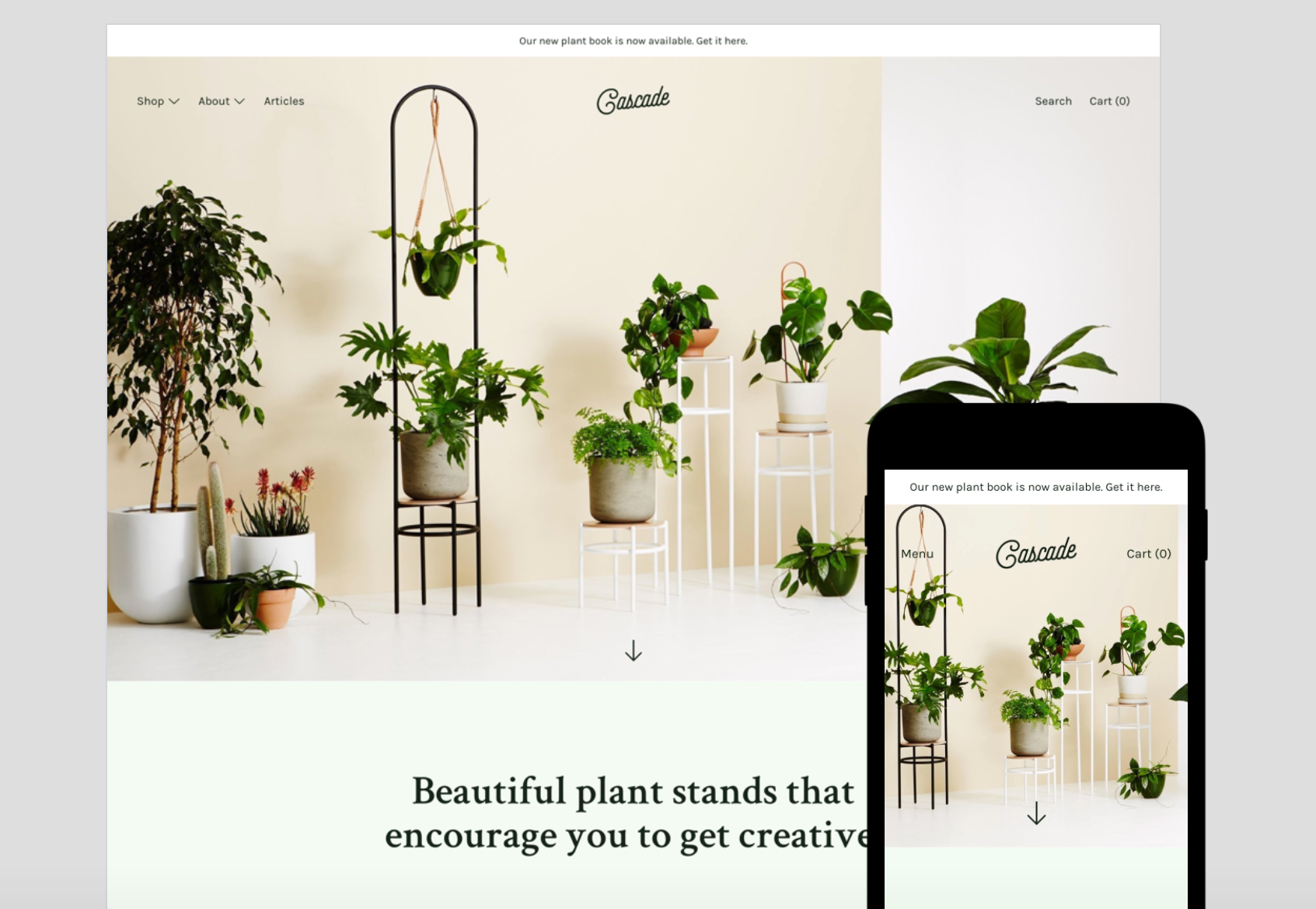
















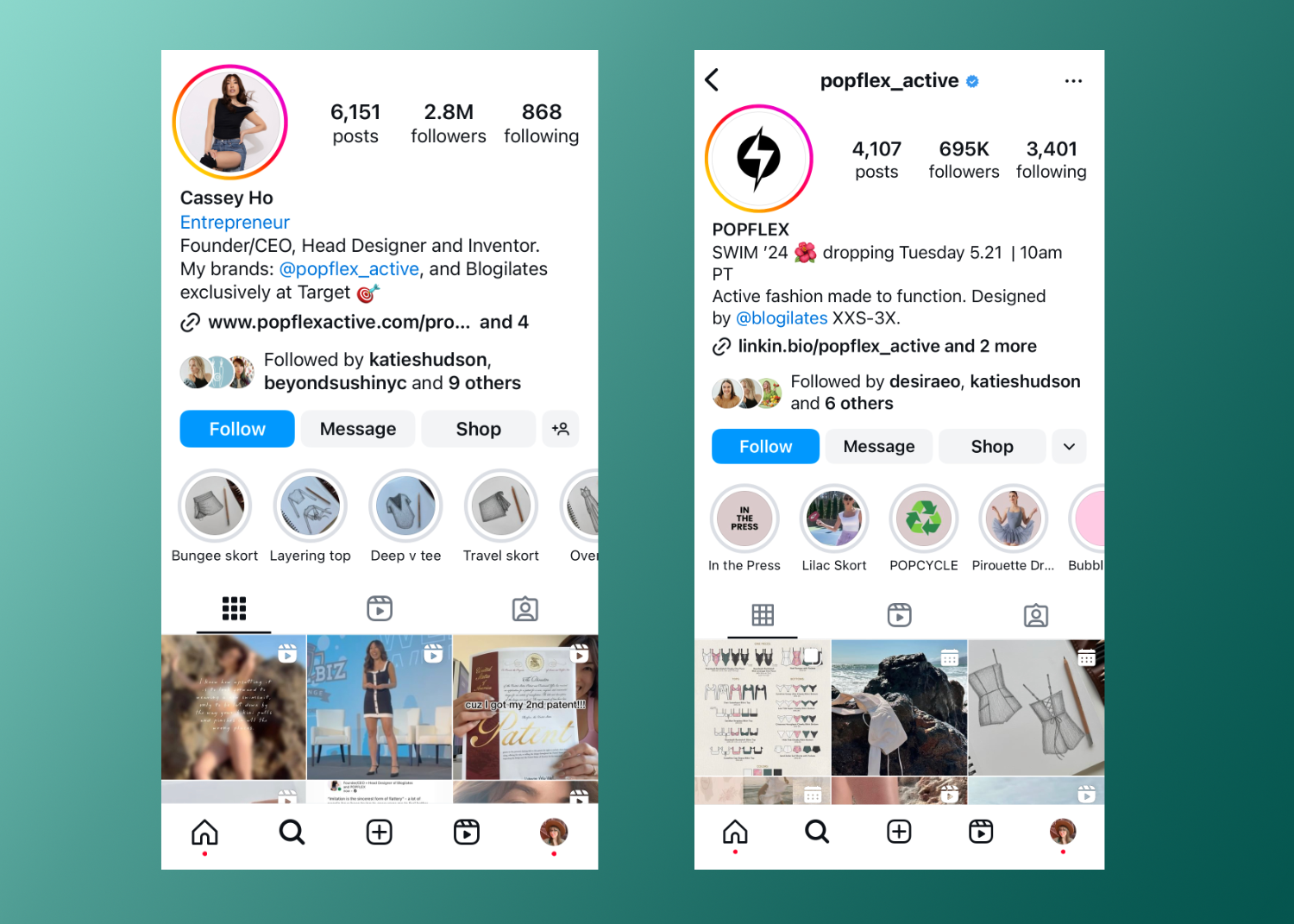




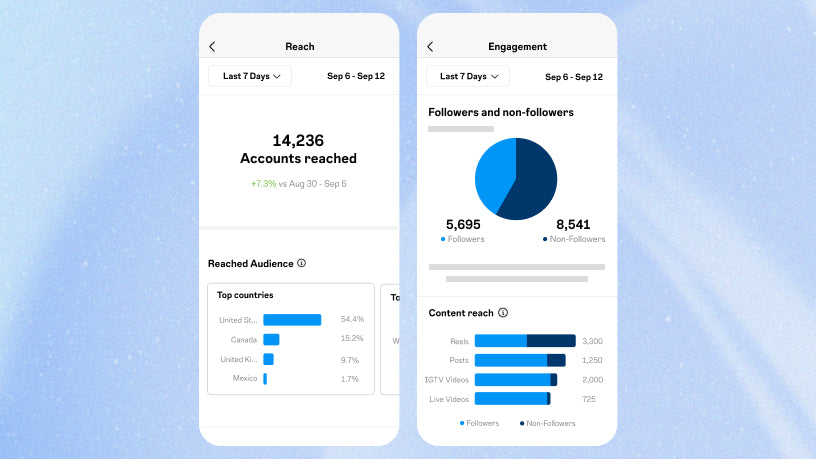
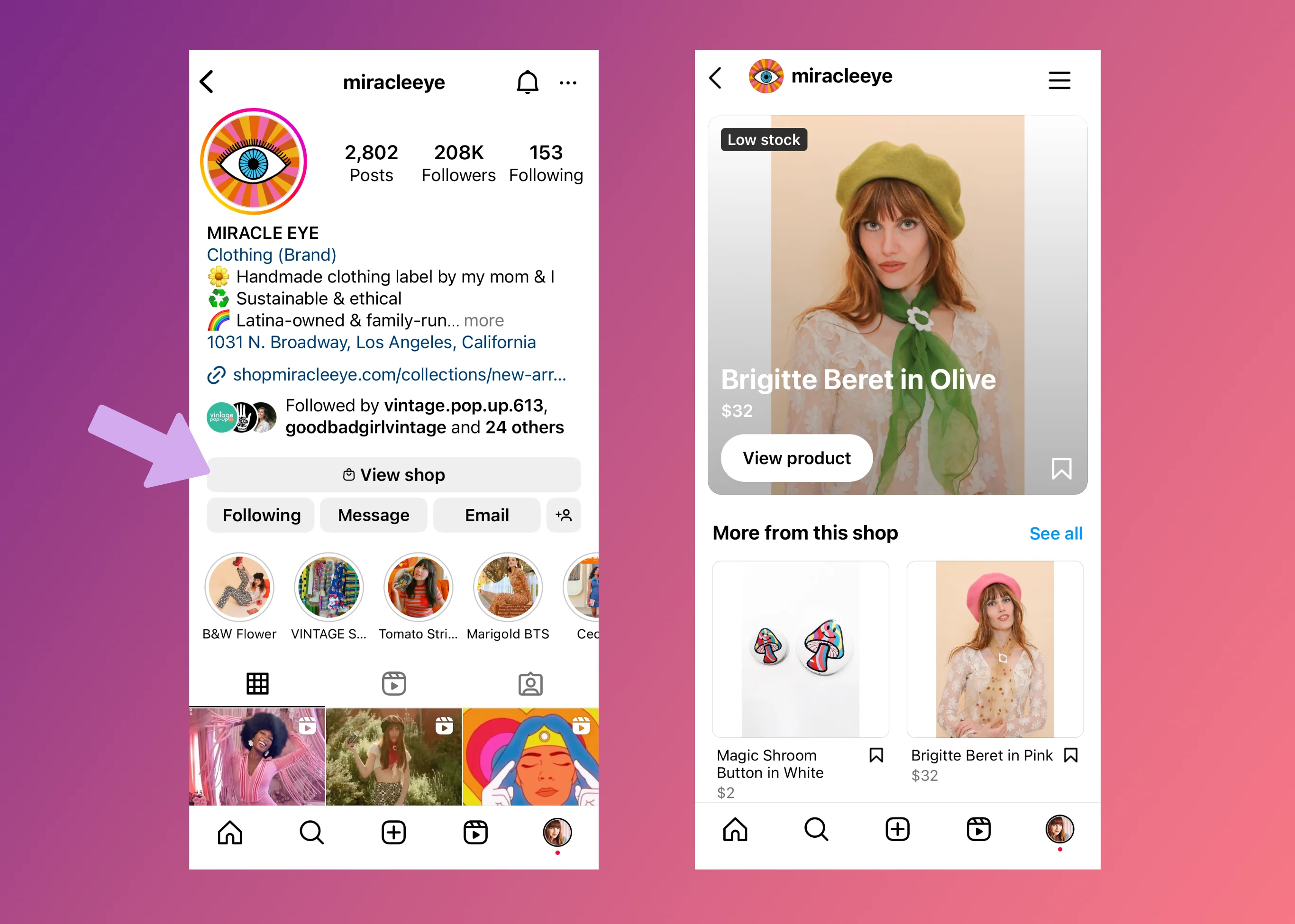

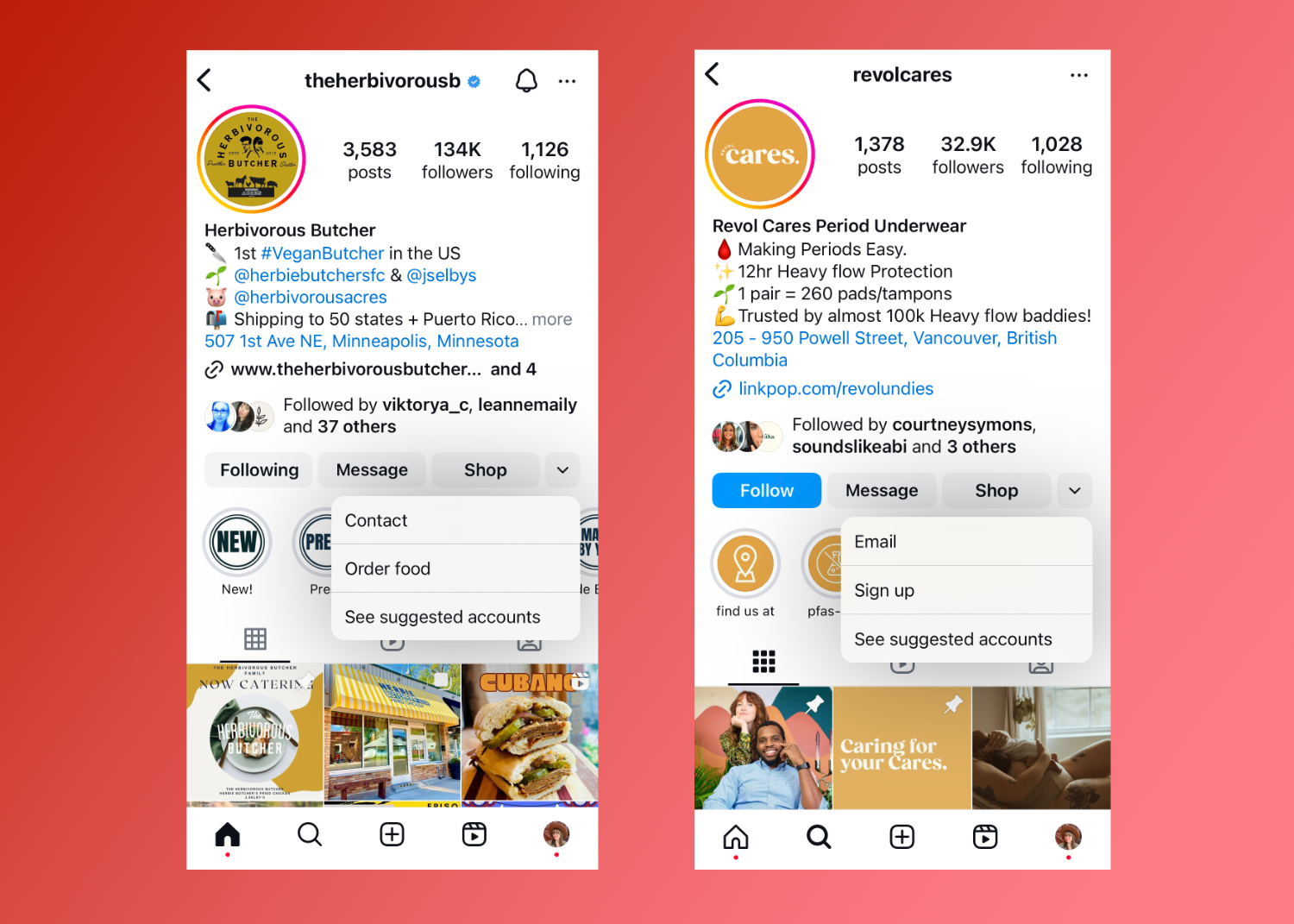


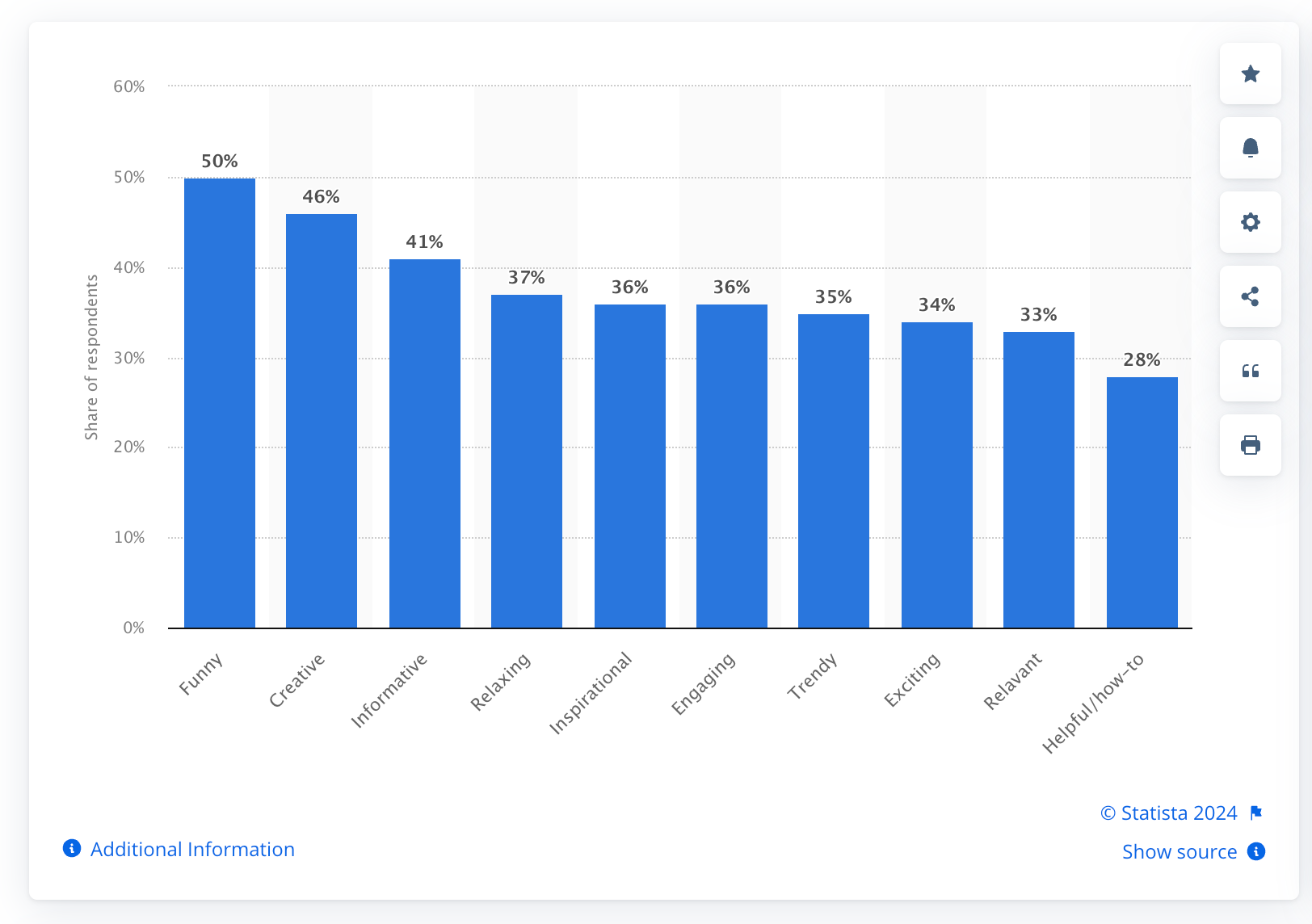







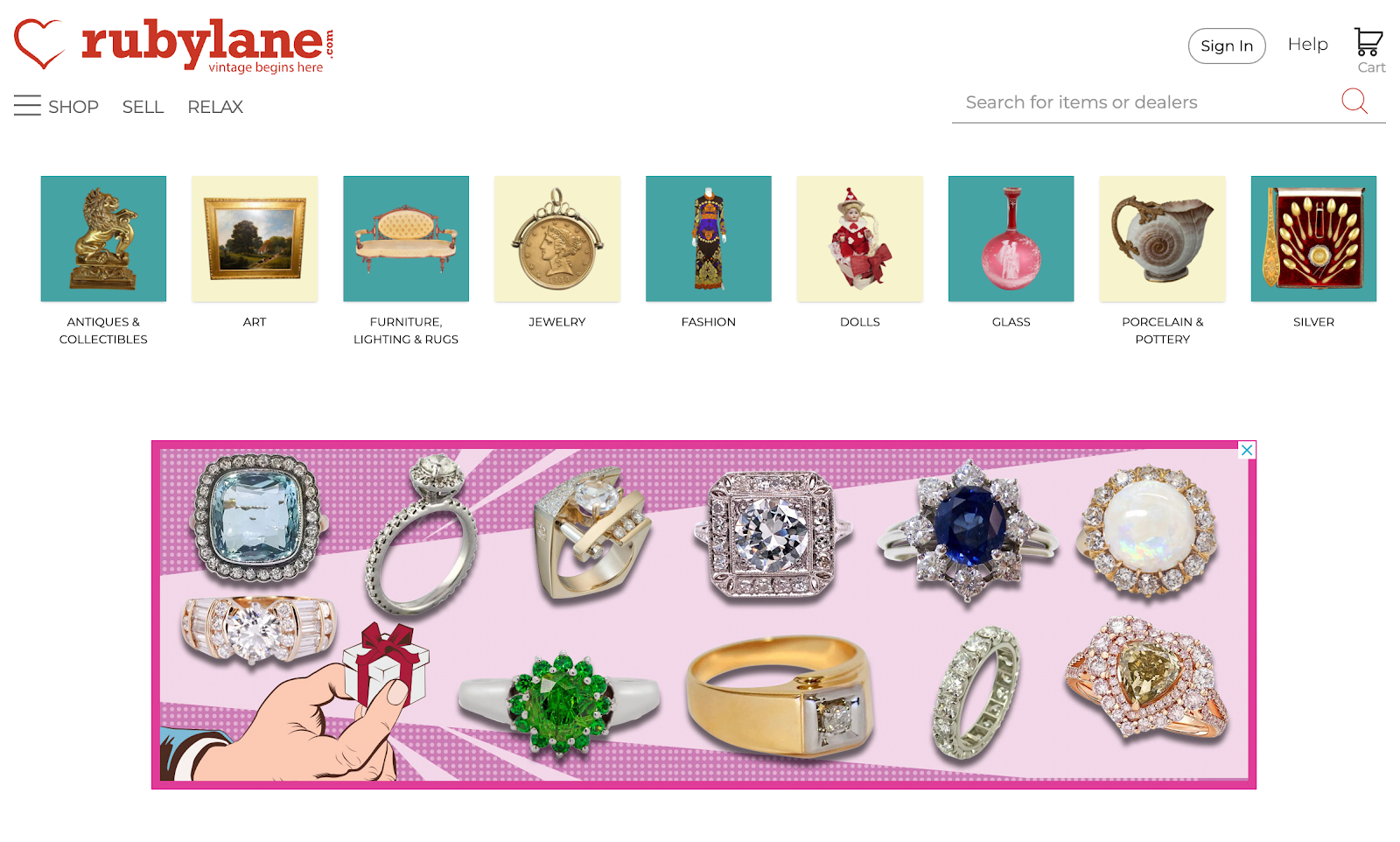

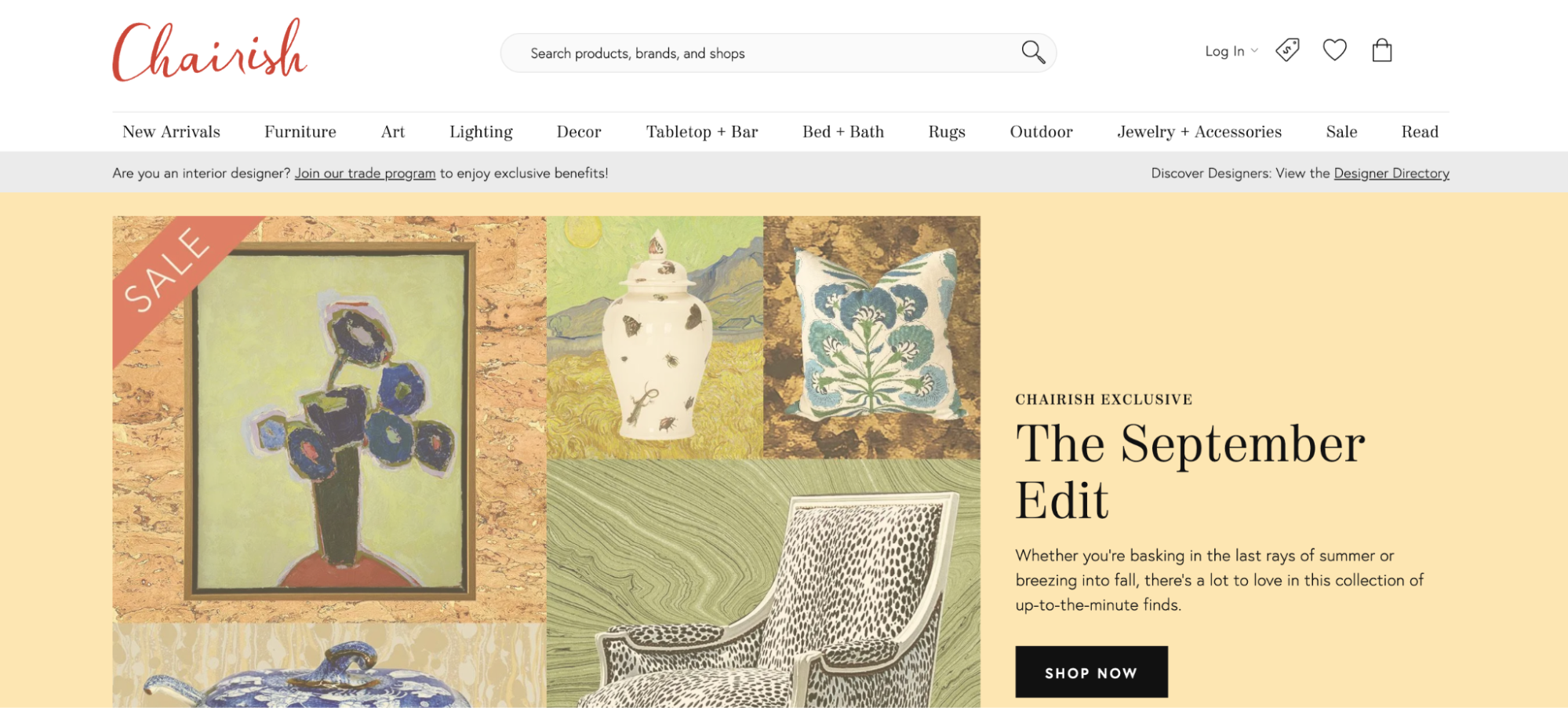



 Amazon pioneered the concept of online marketplaces and continues to reign supreme.
Amazon pioneered the concept of online marketplaces and continues to reign supreme.



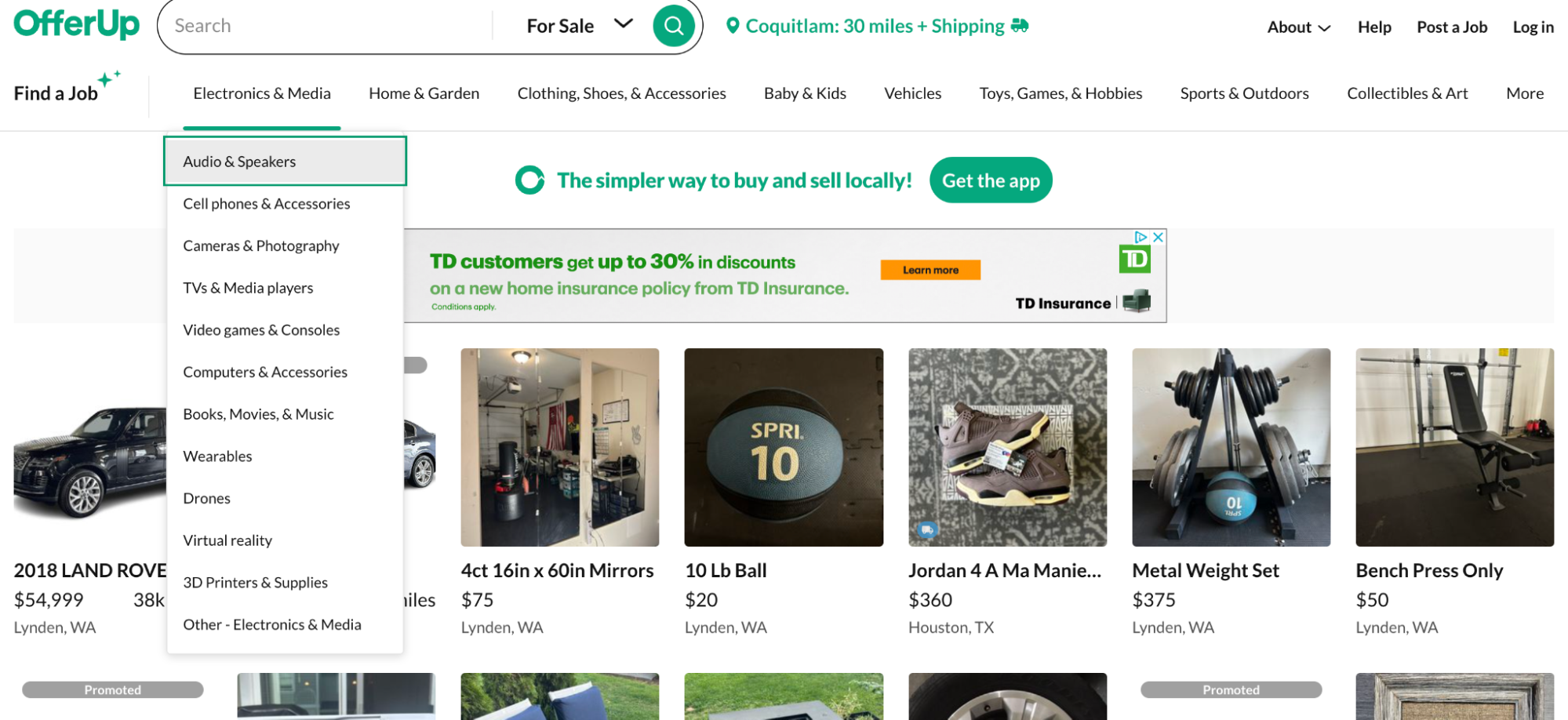






















 Image: courtesy of Google
Image: courtesy of Google Image: courtesy of Google
Image: courtesy of Google

 Image: courtesy of Google
Image: courtesy of Google Image courtesy of: Google
Image courtesy of: Google





















